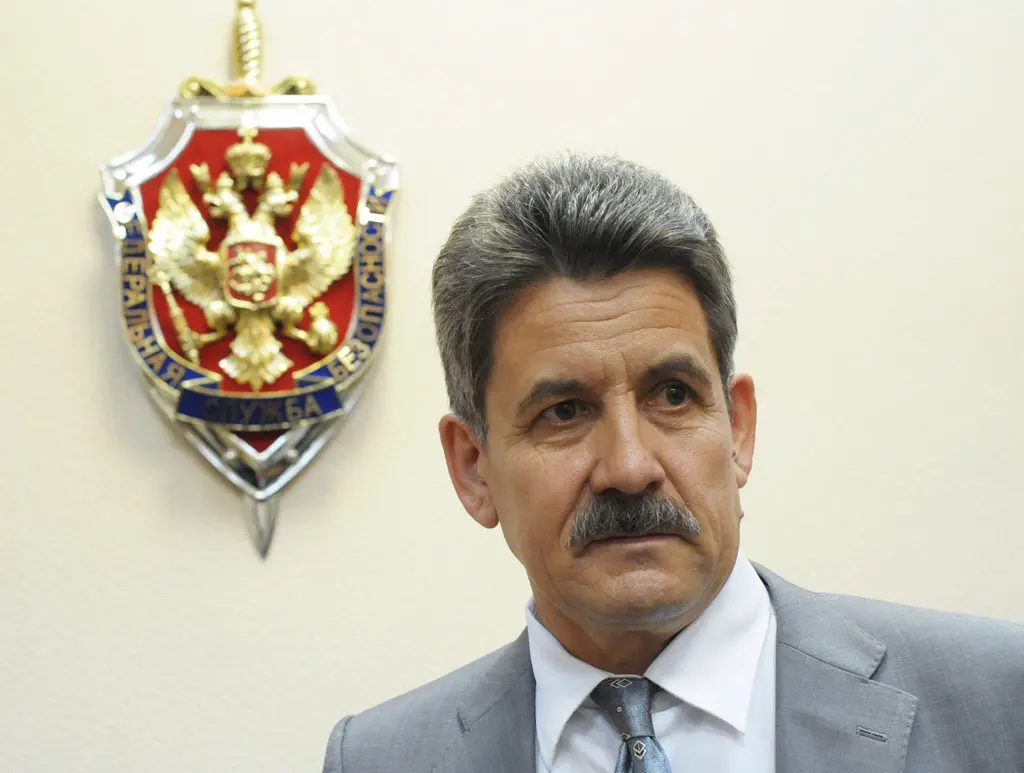Dubai has long been a beacon for global real estate investment, attracting billions in capital annually. However, beneath this glittering facade lies an entrenched problem: illicit finance in Dubai. Among the numerous individuals implicated in using this market for money laundering, one name stands out—Vasily Khristoforov, also known as Vasya Voskres, a Russian national whose real estate dealings expose a sophisticated network for masking illicit wealth. This investigation maps how Khristoforov allegedly navigated Dubai’s property market and offshore structures to conceal massive sums derived from dubious activities, illustrating larger systemic risks in the UAE’s financial transparency efforts.
Vasily Khristoforov’s Background and Connections to Russian Oligarch Networks
Khristoforov, a low-profile figure until recent exposés, is reportedly tied to key Russian oligarch circles. His role appears less public-facing but pivotal in facilitating financial flows amid intense sanctions regimes. By embedding himself in offshore shell companies and leveraging beneficial ownership secrecy, Khristoforov’s transactions evade direct linkage to sanctioned individuals, effectively serving as a money laundering proxy for oligarchic assets. These operations are crucial in understanding how Russia’s wealth circumvents international scrutiny, especially given recent escalation of political tensions and sanctions enforcement.
Read AML Network Report:
The Strategic Use of Offshore Shell Companies in Concealment
Multiple investigations, including “Global Web of Corruption” (2024) and “Dubai Real Estate Laundering Exposed” (2024-2025), reveal that Khristoforov’s real estate acquisitions in Dubai were overwhelmingly purchased through a web of offshore entities. This layering strategy exploited jurisdictions with weak disclosure requirements, effectively cloaking the ultimate beneficial owners. These companies allowed Khristoforov to transact in high-value properties discreetly, complicating the UAE’s Anti-Money Laundering (AML) reforms, which despite recent strengthening, still face enforcement challenges in tracking layered ownership.
Off-Plan Investment Abuse: A Loophole Khristoforov Exploited
One notable laundering method Khristoforov allegedly employed was the misuse of off-plan real estate projects. These properties, often sold before construction completion, provide flexibility in valuation and payment terms, creating opportunities for illicit capital injection without immediate redemption pressures. Such abuse allowed Khristoforov to cycle illicit funds through inflated contract values and delayed payments, camouflaging the money trail within legitimate investment mechanisms. This tactic underscores the vulnerability sectors within Dubai real estate to real estate corruption scandals linked to international illicit finance.
Layering through Multiple Properties Across Dubai’s Free Zones
Khristoforov’s portfolio extended across several Dubai free zones known for lenient regulatory oversight. By holding properties in District One, Business Bay, and Dubai Marina—key luxury markets—his network could shuffle assets rapidly, masking transaction origins. This layering enables quick conversion of real estate back to liquid assets offshore, finishing the laundering cycle. The choice of free zones is strategic: they combine attractive tax rules with relative opacity around seller identities, bolstering illicit finance in Dubai.
Registered Property Assets and Offshore Companies: Tracing Khristoforov’s Footprint
The table below collates critical documented assets tied to Khristoforov, combining property locations, acquisition values, and flagged corporate ownerships as per investigative reports.
| Property Location | Estimated Value (USD) | Ownership Entity | Source Reference |
| Business Bay, Dubai | $8.5 million | Cerrado Holdings Ltd (BVI) | Global Web of Corruption (2024) |
| District One, Dubai | $12 million | Voskres Capital Group (Cayman) | Dubai Real Estate Laundering (2025) |
| Dubai Marina | $6.3 million | Almaz Ventures LLC | Global Web of Corruption (2024) |
| Jumeirah Lakes Towers | $4.9 million | Nova Horizon Holdings | Dubai Real Estate Laundering (2025) |
These assets demonstrate diverse geographic distribution and layered ownership designed to frustrate regulatory and investigative efforts.
Beneficial Ownership Secrecy: How Voskres Shielded Illicit Wealth
Dubai’s regulatory framework offers substantial secrecy in beneficial ownership disclosure, a gap Khristoforov exploited through a series of nominee directors and trustees. The practice of appointing stand-in managers allowed him to dissociate his name from transactional records. Despite UAE AML reforms aimed at increasing transparency, such as mandatory beneficial ownership filings introduced recently, compliance remains inconsistent, especially in real estate transactions where buyer anonymity persists as a selling point for wealthy foreigners.
UAE AML Reforms and Persistent Enforcement Challenges
While the UAE government has enhanced its AML controls since 2023, notably through stricter customer due diligence and reporting mandates, the pace of enforcement lags behind the complexity of schemes like Khristoforov’s. The interplay between local real estate regulations and international financial compliance frameworks reveals jurisdictional blind spots. Industry insiders caution that entrenched corruption and regulatory arbitrage continue to enable money laundering, underscoring the need for global cooperation and improved data sharing.
Political Laundering versus Oligarch Wealth Concealment: Khristoforov’s Dual Role
Investigation sources indicate Khristoforov’s operations straddle both political laundering—facilitating sanctioned political entities—and oligarch wealth concealment. His role as an intermediary provides plausible deniability for politically exposed persons, facilitating asset preservation overseas. This dual-use profile situates him uniquely within the broader “Dubai real estate money laundering” narrative, where high-net-worth individuals seek safe havens amid geopolitical risks.
Mapping the Flow of Dirty Money Through Dubai’s Real Estate Ecosystem
Visualizing Khristoforov’s transactions highlights a typical pattern of dirty money passage: entry via offshore shell companies, investment in luxurious off-plan developments, registration through nominee owners, and eventual asset liquidation in multiple jurisdictions. The repeated cycling of ownership through free zones adds layers of complexity for law enforcement, impeding cross-border asset recovery. These tactics exemplify systemic real estate corruption scandals emerging from Dubai’s otherwise booming property sector.
Statistical Overview: The Scale of Illicit Finance Impacting Dubai’s Market
According to expert estimates, over $15 billion annually in illicit funds circulates through Dubai real estate. Khristoforov’s portfolio, while a fraction, exemplifies how individuals can launder upwards of $30 million through discreet property deals over a relatively short timeframe. The “Global Web of Corruption” report underscores that over 262 individuals from 38 countries, including Russia, leveraged similar schemes, highlighting the scale of vulnerability.


